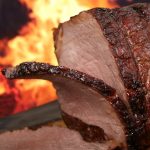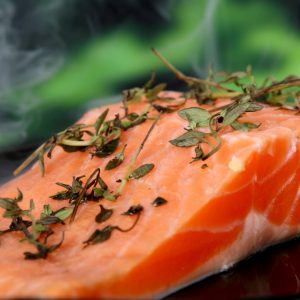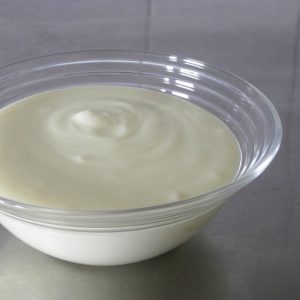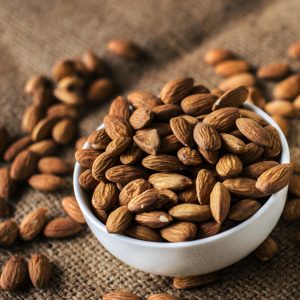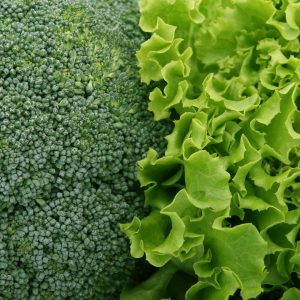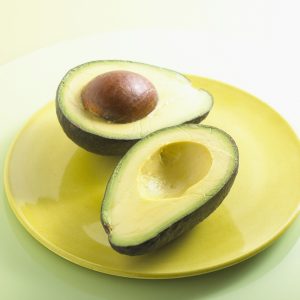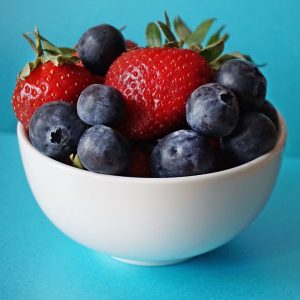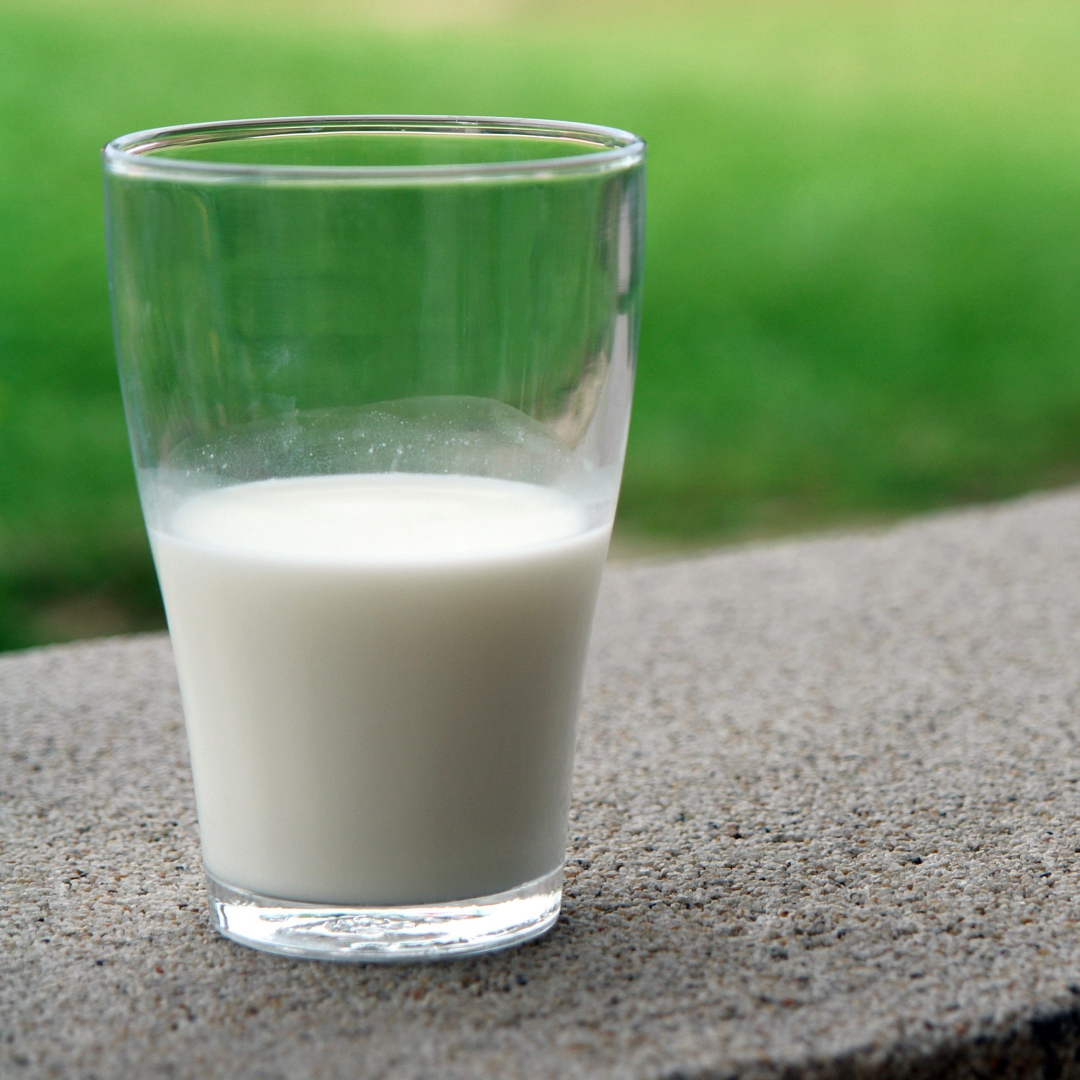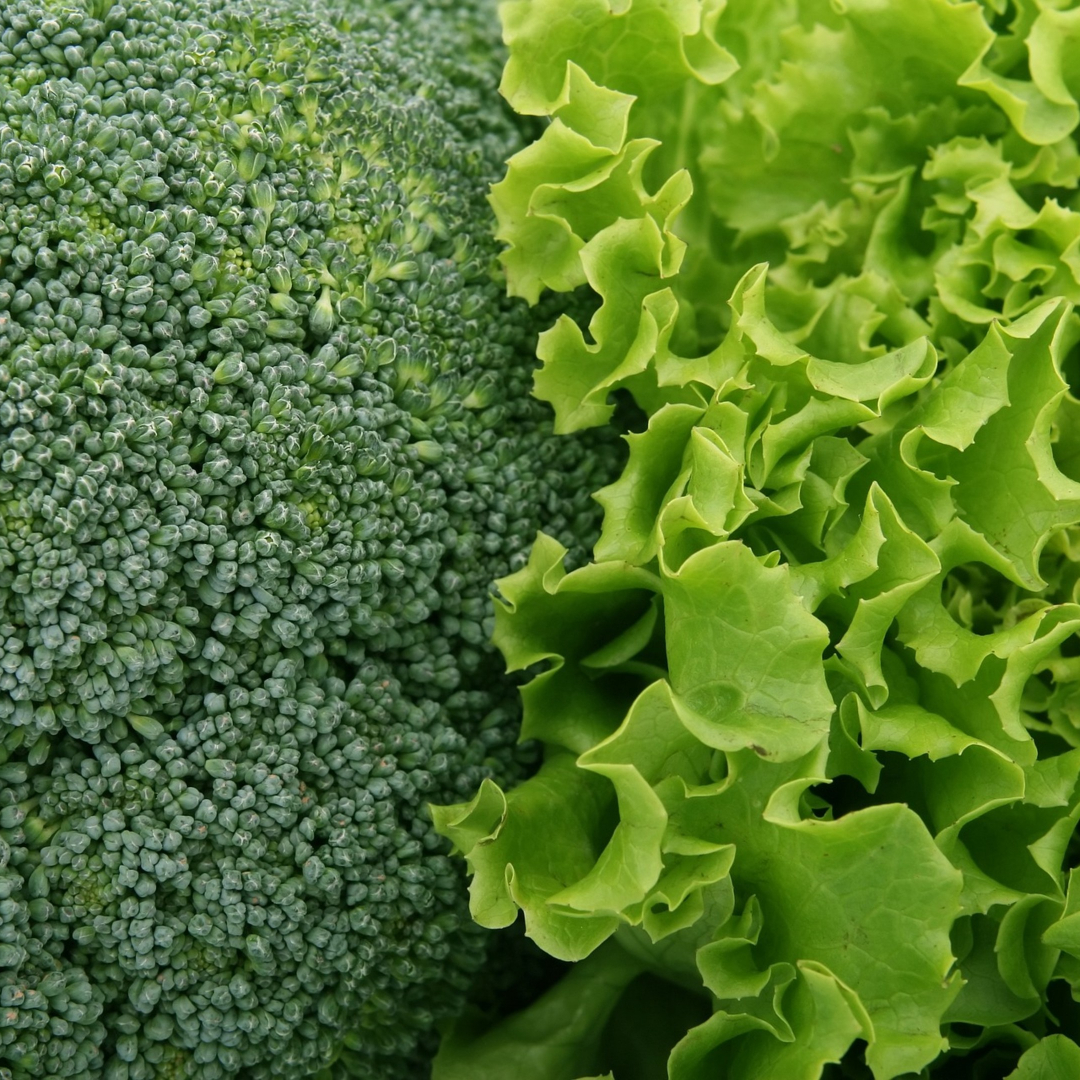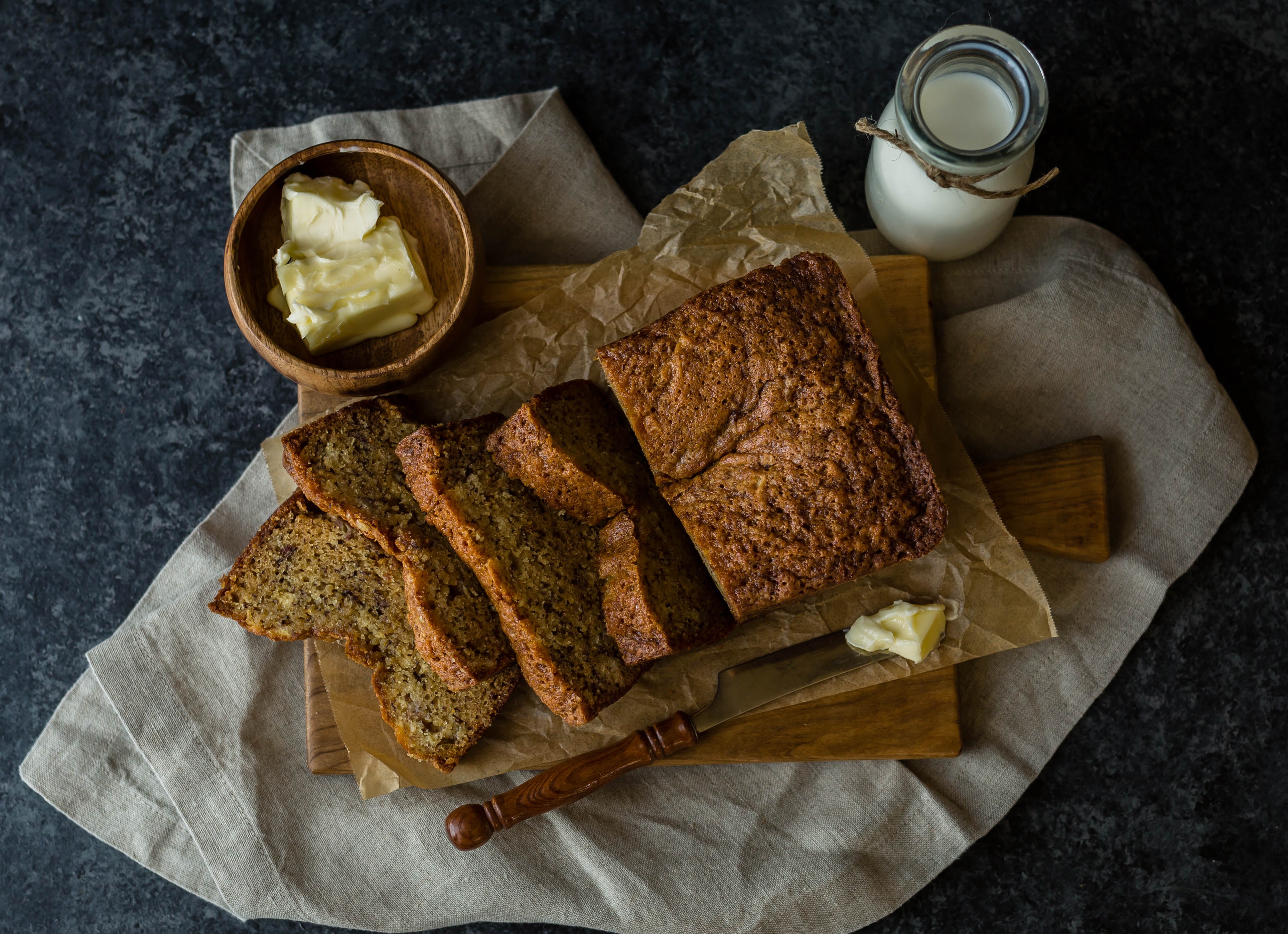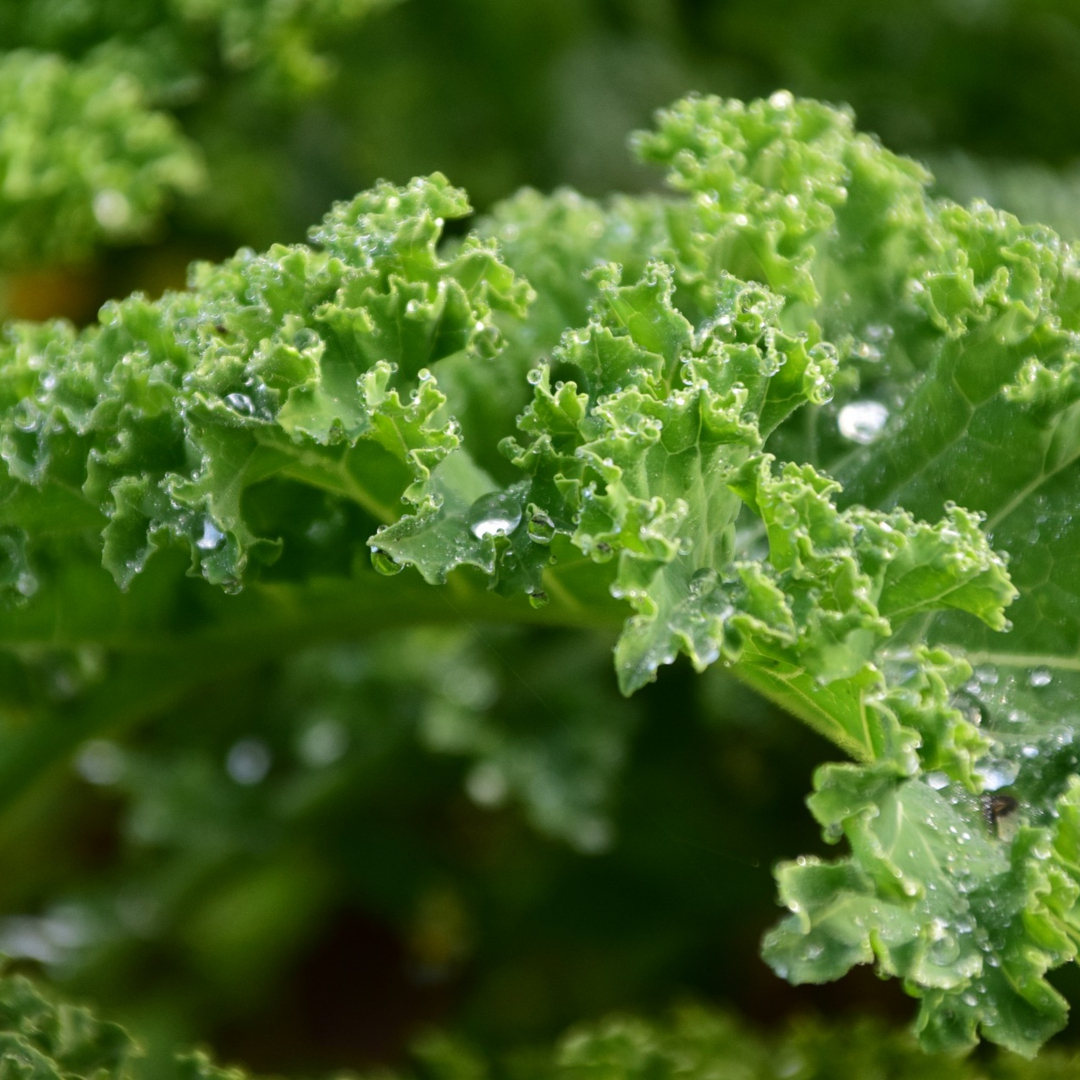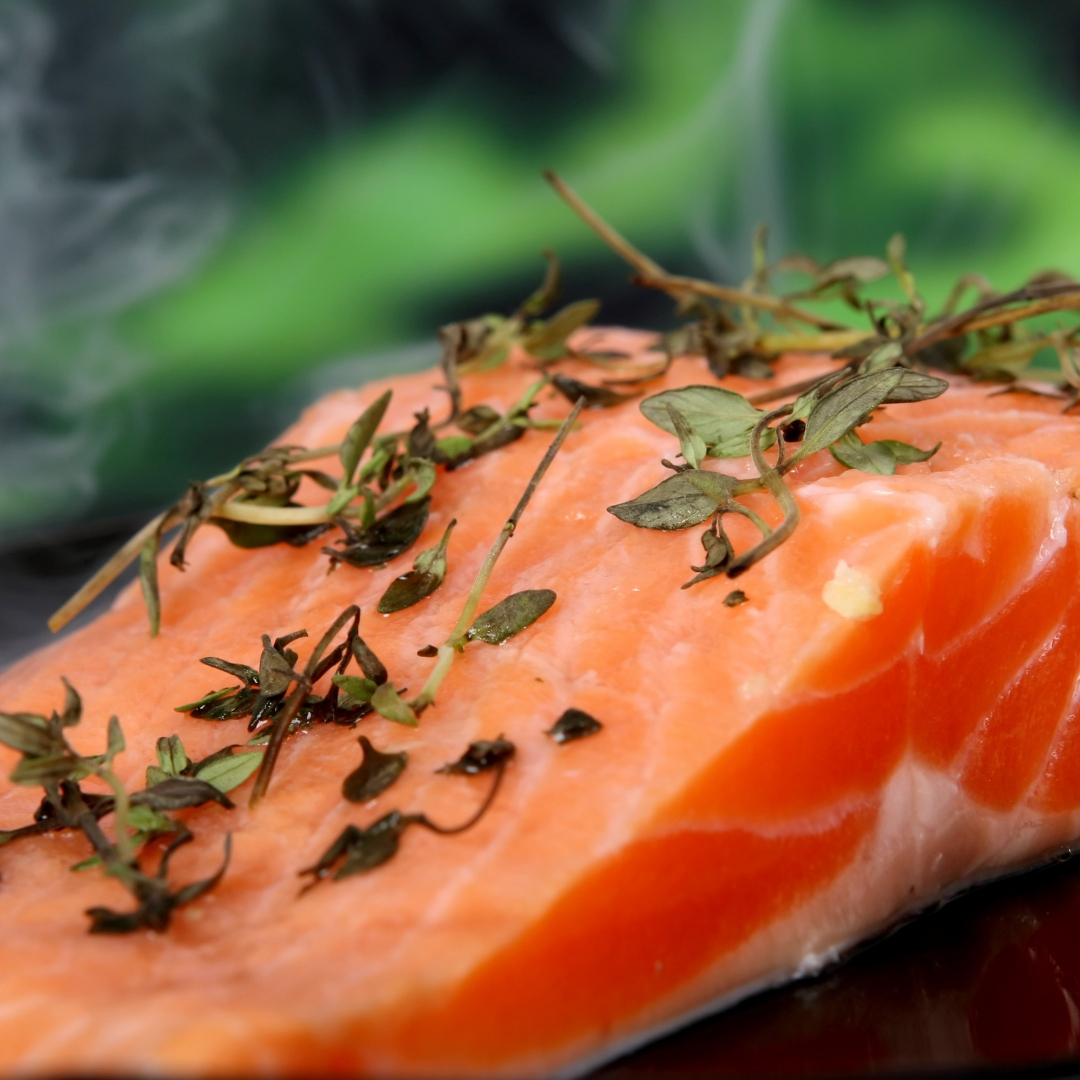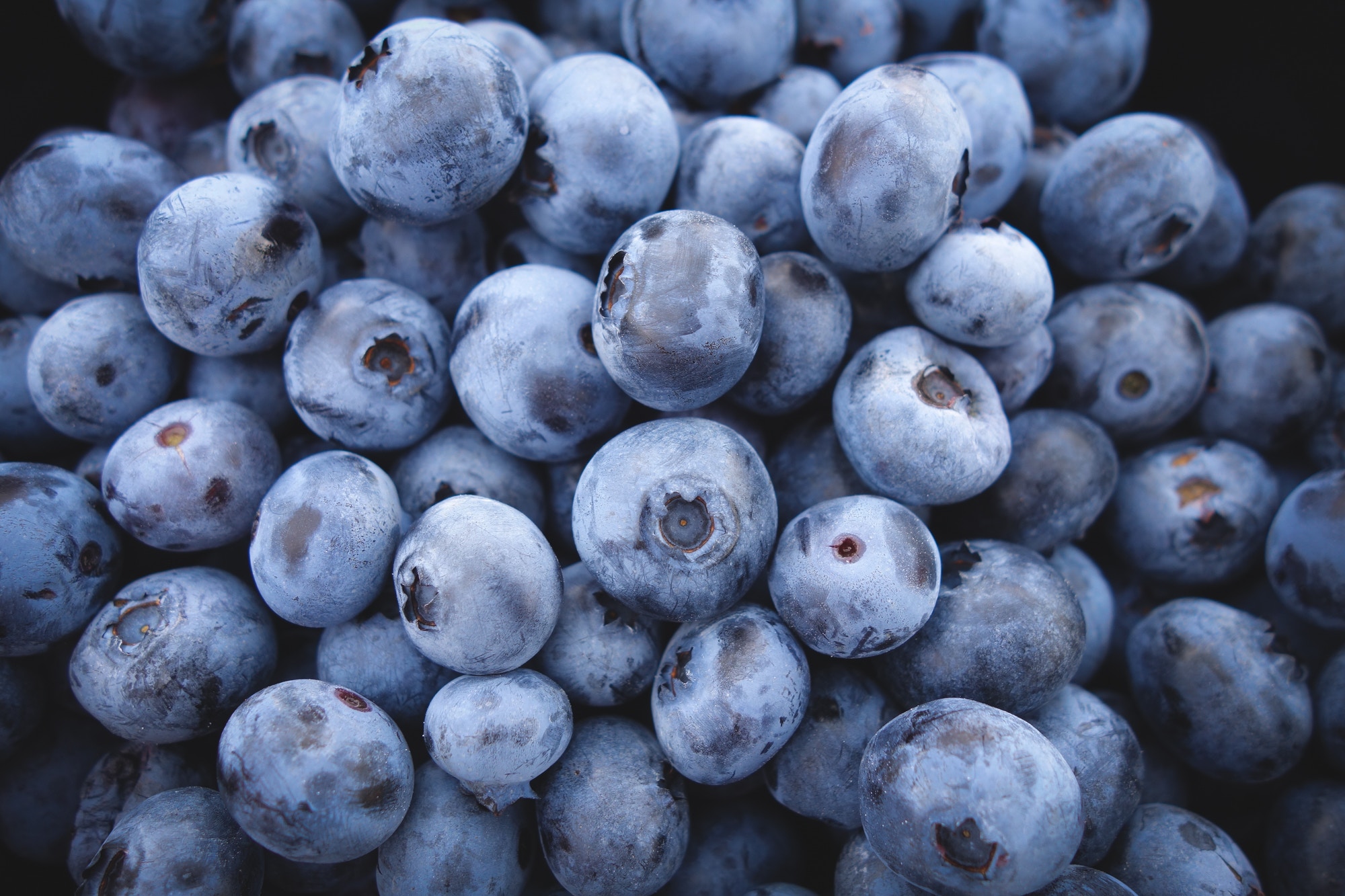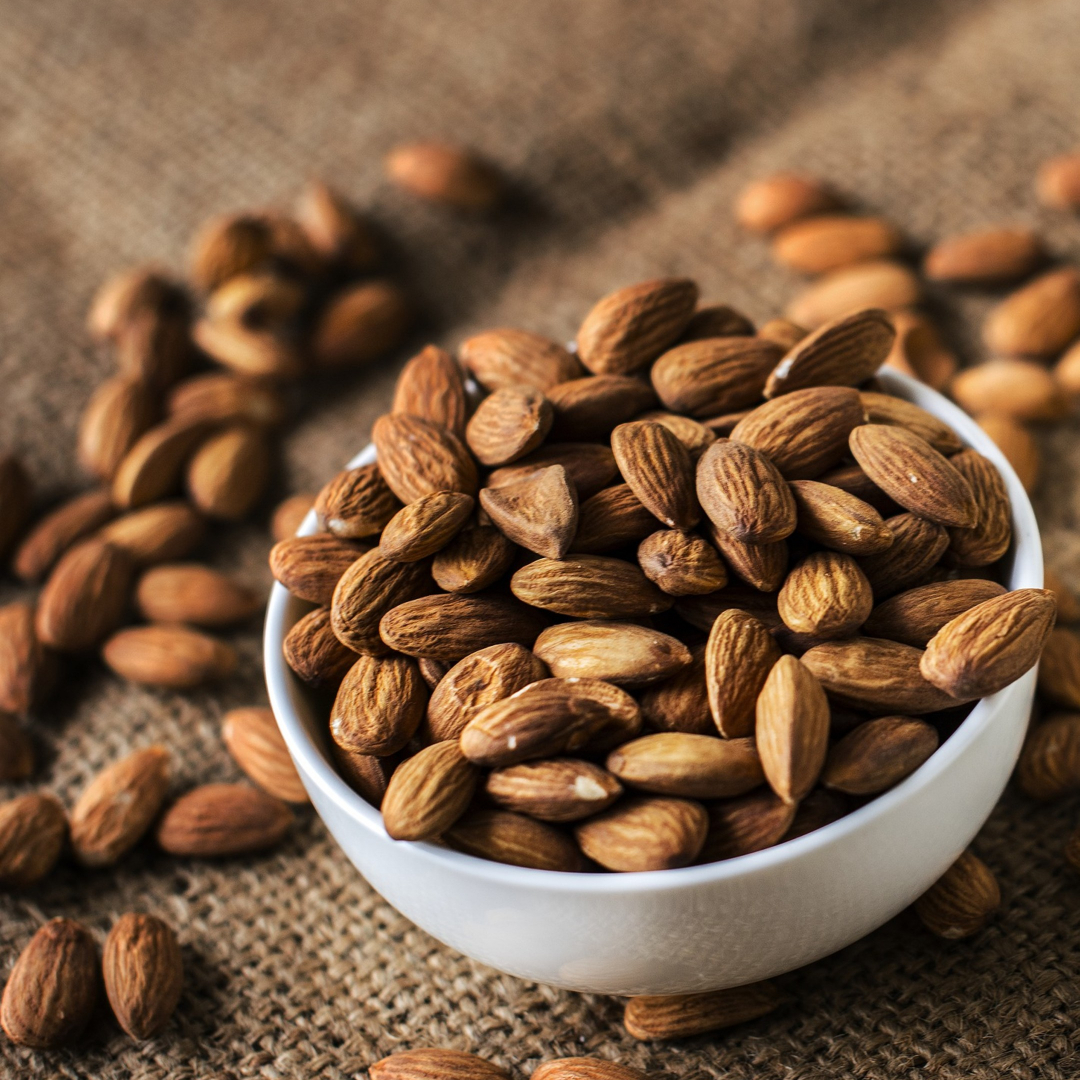The keto diet has been gaining a lot of attention recently, and for good reasons - it is a simple, satisfying, effective style of eating (that allows for a lot of eggs and cheese!)
At its core, the keto diet aims to push you into a state of ketosis, making you use ketones for energy. This happens because you’re drastically reducing your carb intake (below 10% of total calories) which also depletes your glycogen stores.
To some of you, this might sound counterproductive, but the keto diet is just a variation of the ‘if it fits your macros (IIFYM)’ style of eating. The main difference is that on the keto diet, you eat very few carbs and your fat intake is increased. This gives your body a steady stream of energy throughout the day (there are no energy highs and crashes, commonly seen in carb-rich diets) and each meal is more satisfying and more filling (both protein and fats take longer for the body to break down into usable energy).
With that said, if you want to ensure that you stay on track with your diet and goals, you need to plan. This is where keto meal prep comes to the rescue.
Today, we’ll take a look at four easy keto meal prep ideas to include in your diet.
1. Low-Carb Egg Muffins
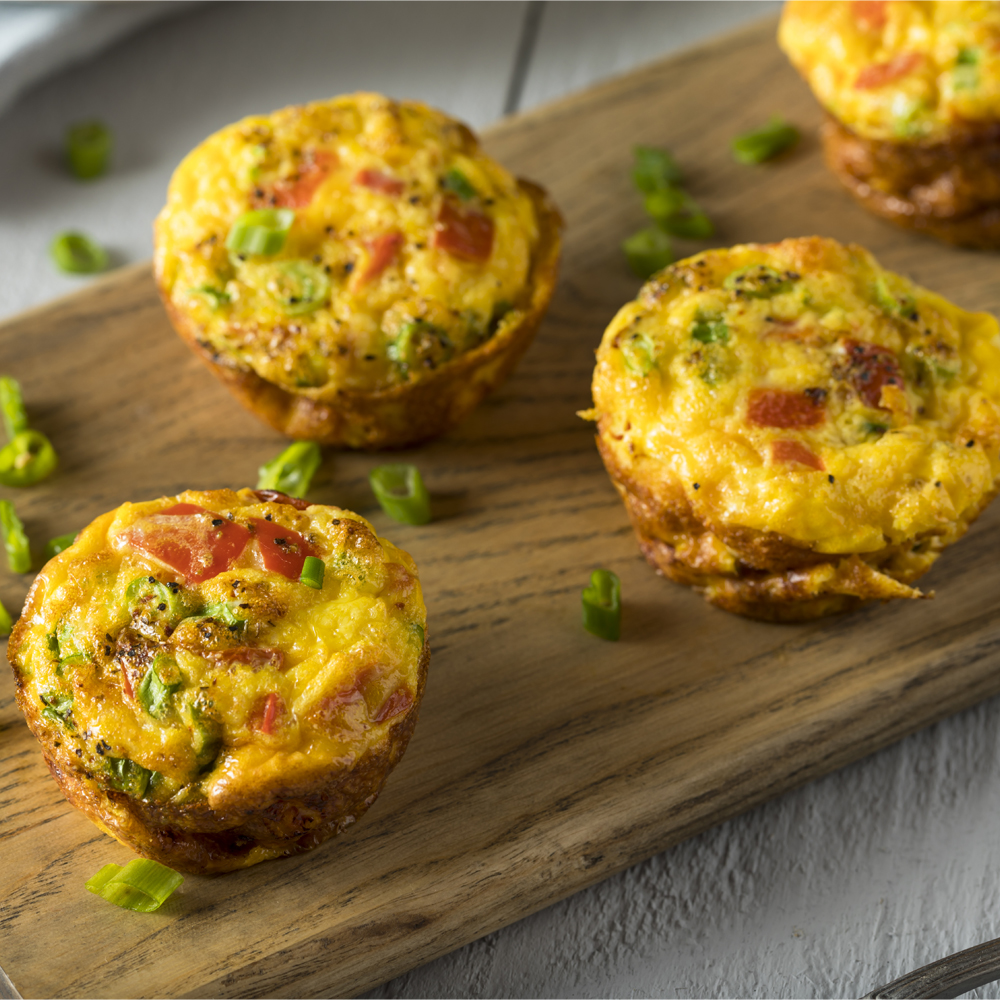
Here’s what you’ll need for this recipe:
-
½ onion, sliced
-
¾ cup red bell pepper, chopped
-
1 tbsp olive oil
-
8 medium eggs
-
¼ cup milk
-
Salt & black pepper
Directions:
-
Preheat the oven to 350 ° F (175 ° C) and oil up a muffin tin.
-
Put the eggs in a large bowl along with the salt, pepper, and milk. Whisk well.
-
Add the onions and bell pepper and continue to whisk until everything is well mixed.
-
Pour the mixture evenly into the tin. It should be enough for 12 muffins.
-
Bake for 16-20 minutes. Take out and let them cool for a bit.
-
Enjoy!
2. Keto Bread
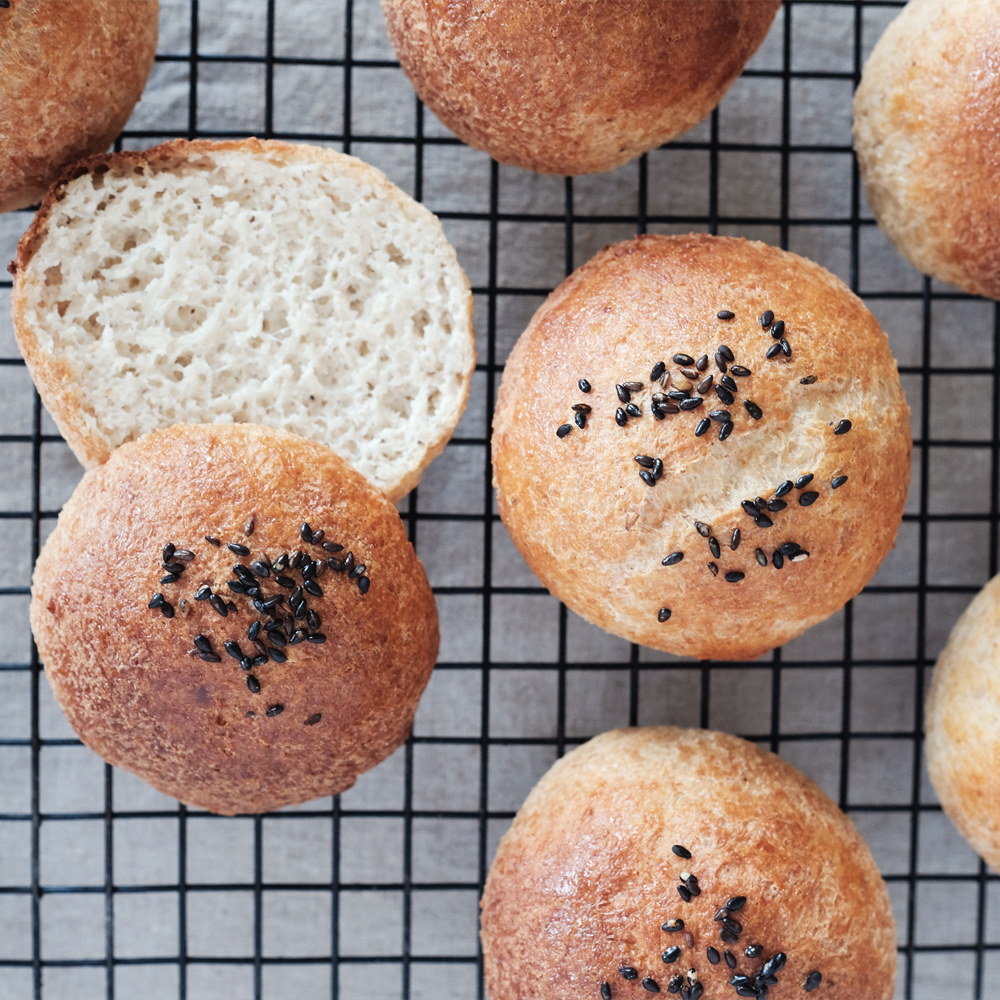
Here’s what you’ll need:
-
1 ¼ cup almond flour
-
5 tbsp psyllium husk powder
-
2 tsp baking powder
-
1 tsp salt
-
3 egg whites
-
2 tsp cider vinegar
-
1 cup hot water
Directions:
-
Preheat the oven to 350 ° F (175 ° C) and mix dry ingredients in a bowl.
-
Add the hot water, egg whites, and vinegar to the mix while beating with a mixer for 30-40 seconds.
-
Moisten your hands and make 1-6 pieces of dough (personal preference).
-
Place each piece on a greased baking sheet and pop in the oven for 50-60 minutes.
-
Enjoy as a side of a meal or with nut butter!
3. Veggie Omelette
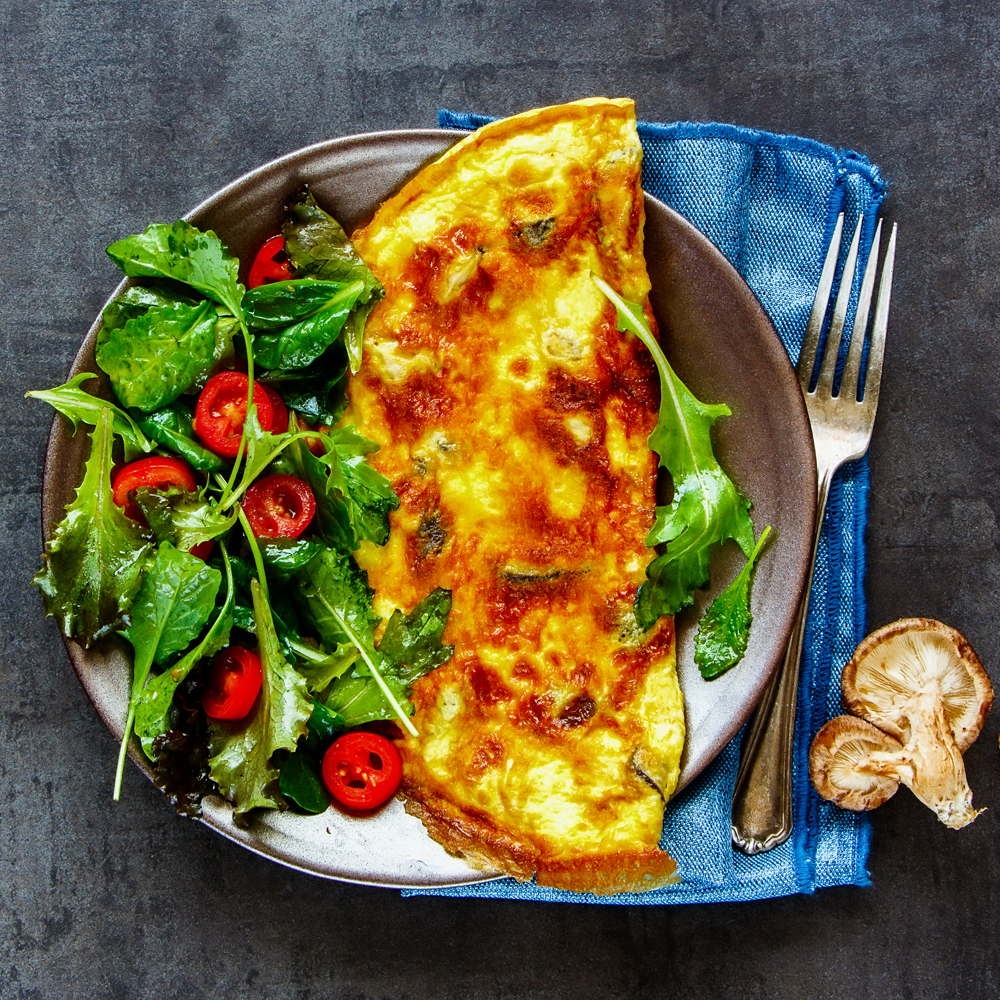
Ingredients:
-
3-4 whole eggs
-
1 tbsp olive oil or cooking spray
-
2 oz cooked chicken, ham, or sausage, chopped
-
¼ cup red bell pepper, chopped
-
2 oz cheese, chopped
Directions:
-
Oil up a pan and set on medium heat.
-
Meanwhile, add eggs, chicken, bell pepper, and cheese in a bowl.
-
Whisk for a minute, pour the mixture in the heated pan and cook for 2-3 minutes.
-
Once the bottom is cooked, gently fold in half and cook for 1-2 minutes more.
-
Let it cool a bit and enjoy!
4. Low-Carb Meat Pie
What you’ll need:
-
½ onion, chopped
-
1-2 garlic cloves, finely chopped
-
2 tbsp olive oil
-
20 oz ground beef, pork, or lamb
-
4 tbsp tomato paste
-
Salt & pepper
-
½ cup water
For the crust:
-
¾ cup almond flour
-
4 tbsp coconut flour
-
1 tbsp psyllium husk powder
-
1 tsp baking powder
-
3 tbsp olive oil
-
1 egg
-
4 tbsp water
-
Pinch of salt
Directions:
-
Preheat the oven to 350 ° F (175 ° C).
-
Fry the onion and garlic over medium heat for a few minutes. Add ground meat, salt, and pepper.
-
Add tomato paste and water. Lower heat and leave to simmer for 18-20 minutes.
-
Meanwhile, mix crust ingredients in a food processor for a few minutes until thick consistency forms.
-
Spread the dough in a deep-dish pie pan and along the sides. Bake the crust for 10-15 minutes.
-
Take it out of the oven and place the meaty middle in the crust. Put a layer of shredded or diced cheese on top and pop in the oven for 30-40 minutes.
-
The pie is done once the top turns golden brown.
-
Let it cool and enjoy!
The post Easy Keto Meal Prep Ideas appeared first on IIFYM.
from IIFYM Recipes and Articles – IIFYM https://ift.tt/2xlfrcS
